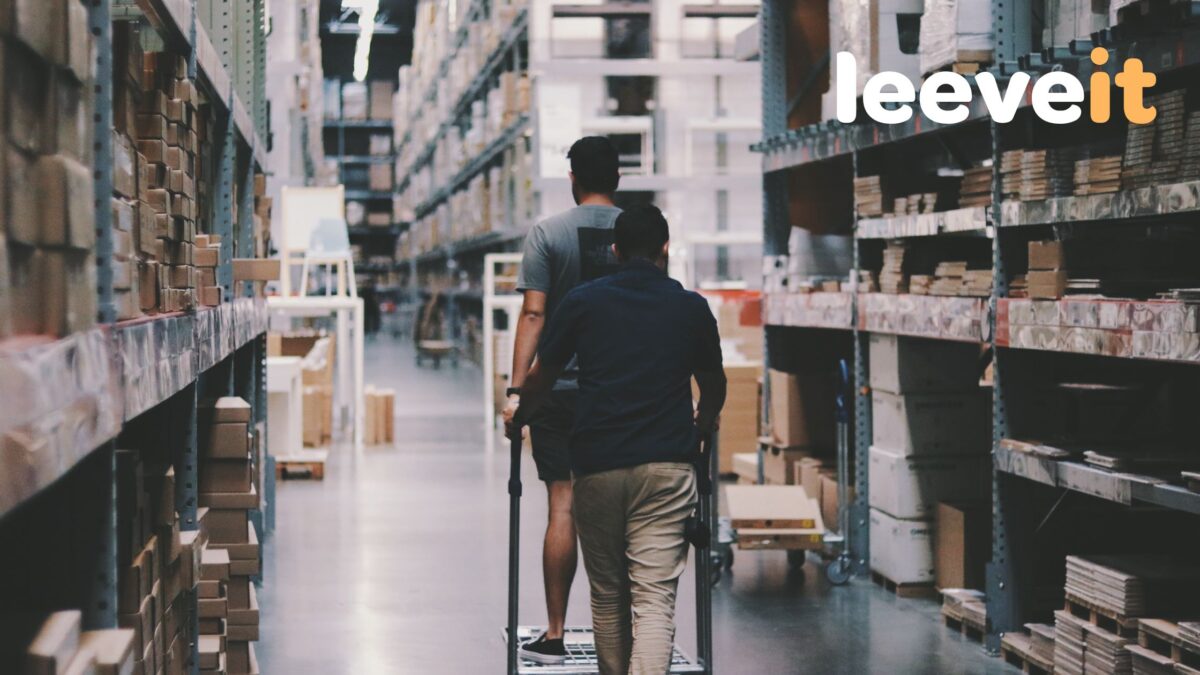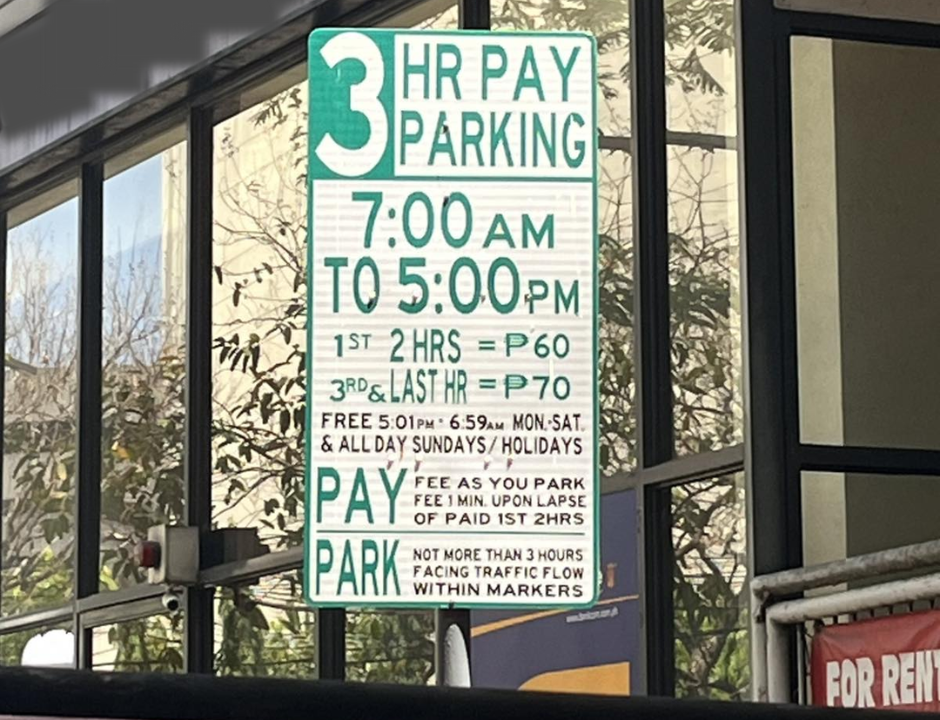
How To Store Books Properly: 10 Tips
August 9, 2022
Newsletter July: Conveniently Sustainable, Clever, and Mindful Solution for Everyone!
August 22, 2022The need for office space is dwindling. The need for self-storage is increasing. Among these tendencies, one real estate startup transforms the former into the latter. When you think of a self-storage facility, you probably think of the typical type: lengthy corridors lined with storage units in a vast complex that requires a lot of space. However, this view needs to be changed as the abandoned empty spaces can be turned into self-storage units.
Let’s go through different aspects of safe and secure self storage spaces to know better about storage services.
Self-Storage Is Both Pandemic And Recession-Proof
If the previous year has revealed anything, it’s how robust the self-storage sector is in the face of a huge catastrophe. According to Trepp’s research, business loans for self-storage facilities had a far lower default rate than other real estate forms from 2010 to 2020. As a result, income for the industry remained high during the pandemic, which devastated many sectors of the economy.
Experts believe that rising urbanization is one reason the self-storage sector appears to be able to endure a recession (even one caused by a worldwide pandemic). When tenants’ living spaces get smaller, they require a location to keep goods that do not fit in their dwellings. The same is true for people who move in with relatives or choose a more itinerant lifestyle, both of which increased during the COVID-19 epidemic.
Self Storage Demand Goes Where The People Are
Some industry history is required to understand and forecast future patterns in customers’ desire for self-storage. For example, self-storage occupancy has been stable at more than 90% since 2015, indicating a continuous demand for storage space that is keeping up with the industry’s expansion.
In terms of industrial growth, around 60 million square feet of new development are completed each year. Many people also use their abandoned office spaces as storage space for business.
Further, self-storage is a $40 billion-a-year market that has been the fastest-growing component of commercial real estate for four decades. While many sectors shrank during the epidemic, self-storage has witnessed sustained development from consumers who seek more personal living space in their homes, are migrating for new employment, or are downsizing to save money.
Geographically, Asia-Pacific is predicted to develop at the highest rate in the worldwide self-storage market throughout the forecast period, owing to rising population density and improving economic circumstances in Asian nations. Furthermore, the growing trend of online shopping and the expansion of the e-commerce business has enabled retailers and many of you to rent your space for storage in a variety of places. The number of creative players in the Asian market, which includes the Philippines, has increased.

The Future Of Self Storage
As we talk about self-storage today, we also look ahead to what the industry’s future may contain. A significant factor in addressing that question? Technology.
A lot of developing developments in the self-storage market is being driven by technology. These are just a handful of the companies we predict to develop and shape the industry in the following years.
Apps for mobile devices
If you’ve ever utilized a typical storage unit, you know how difficult it is to maintain track of a key or access card. As a result, many self-storage facilities are responding to their increasingly tech-savvy customer bases by providing mobile applications for access, communication, payments, and more.
As Millennials grow in number, they want to communicate with operators through technology, notably smartphones and apps or responsive mobile websites. Through their smartphones, they expect to be able to complete most, if not all, of the rental and subsequent interactions.
Remote monitoring
Many clients choose climate-controlled self-storage because they need to keep products that cannot be left outside in severe temperatures or weather. But what about HVAC maintenance and keeping each unit’s heating and cooling systems in functioning order? It’s a huge challenge for self-storage facility operators.
That is why remote monitoring (and, in many cases, automatic systems to dispatch a technician in the event of a system breakdown) is gaining traction in the business.
Biometric security
Self storage tenants are turning to technology to make their storage rooms more secure, just as they demand better access and communication. Fingerprint and Face ID access are becoming increasingly common. And we expect them to grow in popularity as self-storage technology advances.
Self-storage on a peer-to-peer basis
Most people envision large complexes full of storage units when they think about self-storage. But, as technology advances, self-storage facilities may now be any unoccupied area. This covers areas within people’s houses.
Peer-to-peer self-storage is becoming increasingly popular. Wondering why? Well, services like Leeveit allow users to rent additional space in their homes, businesses, garages, and other locations. Leeveit links host with renters in their neighborhood who require storage space. As a result, traditional self-storage has been replaced with a cheap, secure, and community-building alternative.
Leeveit Has All Of Your Self-Storage Needs Covered
Leeveit can meet all your self-storage needs, from luggage storage services to important documents storage services. In addition, you may keep your watercraft, possessions, moving boxes, automobiles, and other items in storage.





